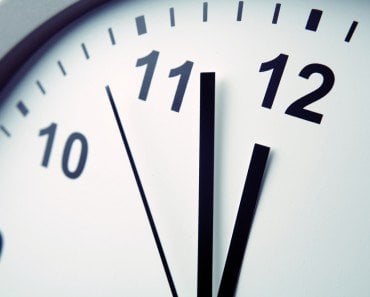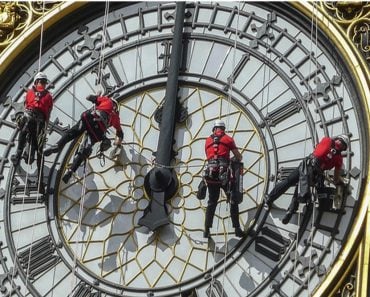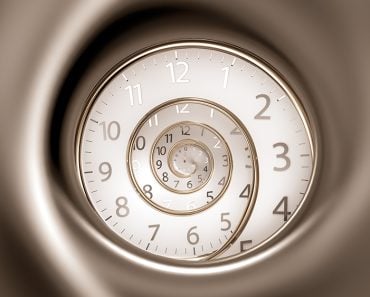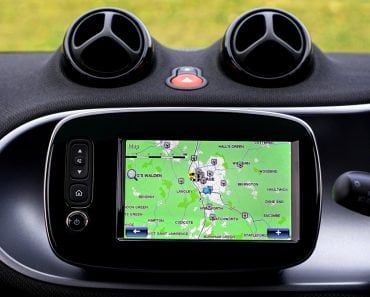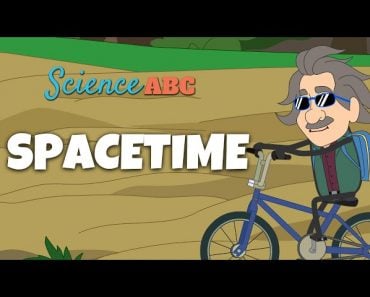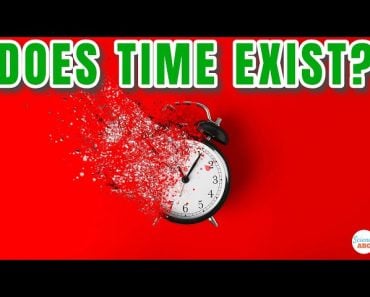Table of Contents (click to expand)
Zulu Time is another word for UTC time, a system for standardizing time around the world based on time zones and the rotation of the Earth. The use of the word Zulu is connected to the NATO phonetic alphabet, in which “z” is represented by the word “Zulu”.
Imagine waking up at 10am in Hawaii and calling an old friend in London. It shouldn’t surprise you when your British mate informs you that she’s cleaning up the dishes from dinner, since it is 8pm on the other side of the pond. If you rarely leave your time zone or communicate with people outside of them, it can be easy to take this system for granted, but it’s an integral part of our globalized world.
There have been a few different systems for managing a standardized time around the world, but the latest and most trusted method goes by the common name UTC (Coordinated Universal Time), which is referred to in many circles as Zulu Time.
Recommended Video for you:
The History Of Time Zones
The passage of time something that human beings have always marked, with primitive calendars and through their movements in groups. The natural rising and setting of the sun, to which our bodies have adapted Circadian rhythms, is a natural marker of standardized time—one period of light and dark to measure a day.
Hundreds of years ago, before major international and steam-powered travel, the time in each day was marked locally, with noon (the sun at its peak) often being the relatively standardized “midday”.
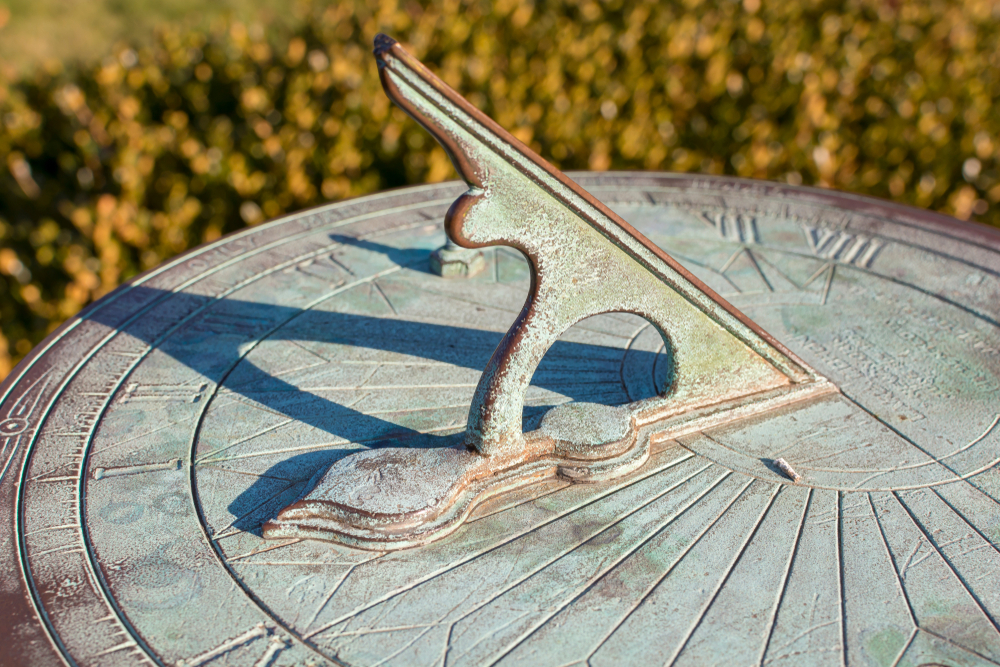
Clocks became more common to accurately measure shorter periods of time in the 17th century, moving on from sundials and other more primitive means of denoting the passage of hours.
Early clocks were unreliable, however, particularly on sea journeys and other unstable conditions, a problem that wasn’t remedied until the late 18th century with the chronometer. While these early clocks were useful, they were all set relative to their locations; in other words, towns and villages and entire cities would set their clocks based on sunrise and sunset. Since these times were relatively similar in nearby towns and cities, this wasn’t much of a problem until faster forms of travel—and thus the need for more temporal specificity—arose.
When trains began crossing large swaths of land in a matter of hours, it quickly became apparent that more standardized times were required.
In the late 1800s, every major city set its own time, which made accurate arrival times and scheduled departures a major challenge for train operators. Even after dropping the number of train time zones to 100, it was a complicated and messy system, one that desperately needed fixing. To rectify this, four continental time zones were established for the United States, which are still maintained to this day.
Across the Atlantic in England—the undisputed maritime leader at the end of the 19th century—had already standardized a time zone for itself, Scotland and Wales, based on the Greenwich Meridian. For navigation purposes and longitudinal calculations, various meridians were referenced around the world, but the Greenwich Meridian was often the most trusted, due to the widely known accuracy of the experts at the Greenwich Observatory.
In 1884, the International Meridian Conference was held in New York, at which time the Greenwich Meridian was accepted as the prime meridian (meaning that it is the zero degrees mark for longitude), and Greenwich Mean Time would define the time standard for the world!
For those unfamiliar with Greenwich Mean Time, it basically means that the starting point for time zones is at the Royal Observatory in Greenwich, London. The rest of the world is essentially divided into different time zones that are relatively equal in terms of geographic size.
In theory, the world would be divided into 24 15-degree slices, longitudinally speaking, but this isn’t exactly the case. There are many exceptions and unique preferences of countries around the world (such as 30- and 45-minute intervals, rather than standard hours), so there are currently 38 different standardized time zones on the planet, but these details go beyond the scope of this article.
When the sun is at its zenith above the prime meridian, it is 1200 noon in Greenwich. All other time zones are delineated as slightly offset from GMT (Greenwich Mean Time), such as GMT+2 in Bulgaria, GMT-5 in Jamaica, or GMT-10 in Hawaii. This standardized system of time zones was largely accepted around the world by the 1920s, allowing for more accurate telecommunications, news reporting, and travel.
It wasn’t until 1960 that the need for even more accurate time coordination, aligned with the precise rotation of the Earth, led to the development of Coordinated Universal Time (UCT).
What Is UTC Time?
For most people’s purposes, UTC time is equivalent to GMT, as the difference is rarely more than 1 second, but one is a time zone (GMT), while the other is a time standard (UTC). In other words, there is no region of the world that uses it as their local time. This new “universal time” is based on more precise measurements of the Earth’s rotation, including the minute difference between a mean solar day and the day length based on UTC. The latter is 86,400 SI seconds, while the former is 86,400.002 SI seconds (the scientific definition of a second). As the rotation period of Earth gradually increases, the difference between these two measurements is also growing.
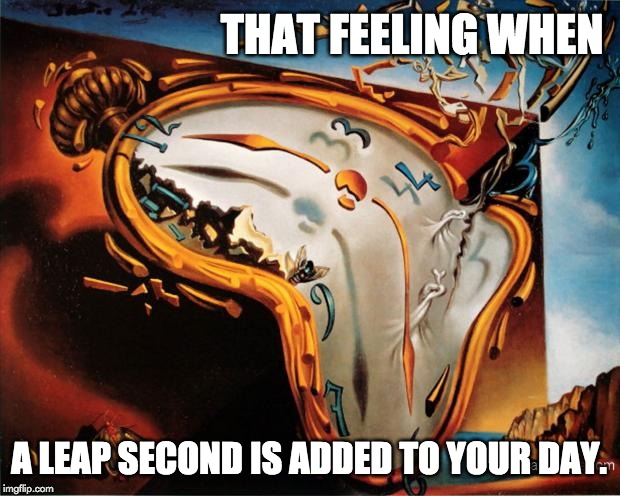
To compensate for these differences in a way that GMT could not, UTC was introduced, which includes the occasional insertion of a “leap second” to compensate for the Earth’s gradual slowdown. Essentially, UTC allows us to synchronize clocks worldwide, since atomic clocks are actually “too accurate”, and may not slow down for millions of years, in comparison to the Earth’s rotation. Thus far, since the advent of UTC in 1972, 27 leap seconds have been added to keep the clocks aligned, meaning that 27 days since 1972 have had 86,401 seconds, rather than 86,400.
What Is Zulu Time?
In aviation, maritime movements, and military operations, standardized time is incredibly important, and being able to speak in the “same language” ensures safe and effective communication. When someone references Zulu time, they are actually just using a different name for UTC Time, which is generally the same as GMT (for most purposes).
NATO, which has a global presence, also uses a phonetic alphabet (A-Alpha, B-Bravo, C-Charlie, etc.) to communicate, and “Zulu” is the reference word for the letter “z”. Each time zone has a letter paired with it for ease of communication, although Zulu Time is the most commonly referenced one. Time zone Z is the same as GMT, which is likely a reference to “Zero” degrees, which is the longitudinal measurement on the prime meridian. For this reason, people will sometimes refer to GMT or UCT as Zulu Time, particularly if they have spent time in the military or aviation industry.
References (click to expand)
- http://web.archive.org/web/20181105013147/https://www.navy.mil/navydata/questions/zulutime.html
- GMT - home.
- The Future of Time: UTC and the Leap Second.
- Nelson, R. A., McCarthy, D. D., Malys, S., Levine, J., Guinot, B., Fliegel, H. F., … Bartholomew, T. R. (2001, December). The leap second: its history and possible future. Metrologia. IOP Publishing.


